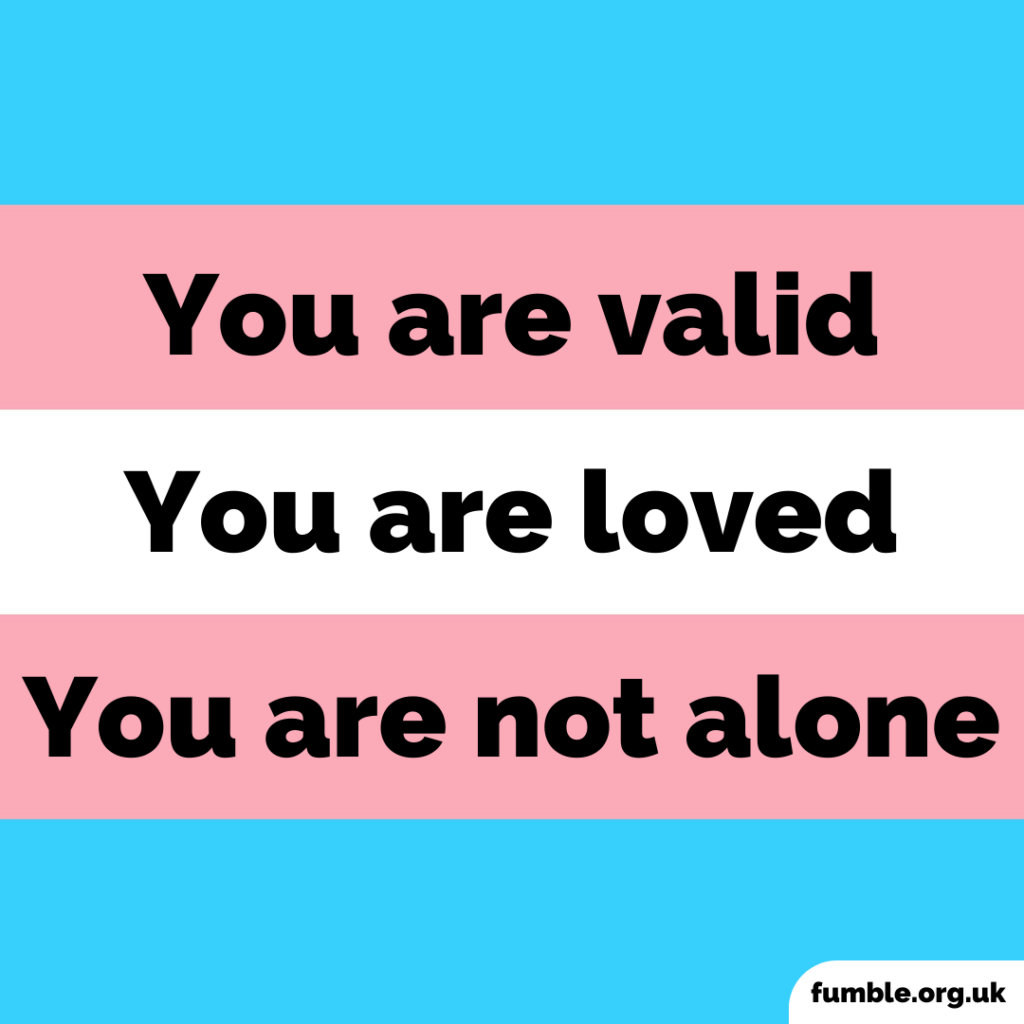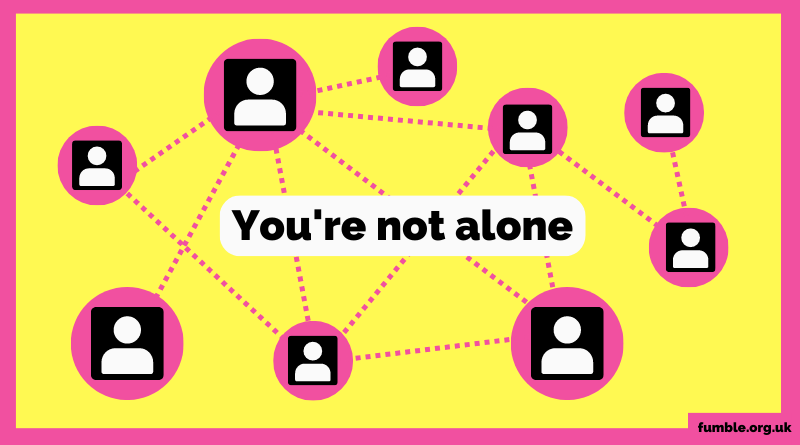How to legally change your gender in the UK
Whether you have your gender identity officially recognised on government documents or not, you are still trans+ and your identity is valid
The most important thing is how you feel about yourself, and what makes you feel most comfortable in your body and identity.
A government stamp of approval doesn’t make you any more or less trans+. At the same time, some people find it validating to have their official documents match their identity. It’s also a sad reality that these legal changes can mean a lot within society. This can mean more acceptance and validation from others, which can make life easier.
So, we’ve put together this handy how-to guide on how to legally change your gender. You may also want to know about how to legally change your name and, if so, we have more information here.
Your identity is valid
As with legally changing your name, officially applying to change your gender doesn’t change who you are as a person. Everyone is on their own unique journey, and whether you change your legal gender or not doesn’t make you any more or less trans+.

However, many trans+ people do choose to change their legal gender for a variety of reasons, and you can find out more about how to do that below. Remember, how you feel about yourself is the most important thing. Think about what you want and do whatever feels right for you.
Changing your legal gender
To change your legal gender, you will need to apply for a Gender Recognition Certificate (GRC). This certificate means that you can update your birth or adoption certificate, get married or form a civil partnership in your affirmed gender, and have your affirmed gender recognised on your death certificate. Here’s some of the main things to know:
🏳️⚧️ You must be aged 18 or over to apply for a GRC.
🏳️⚧️ You can apply online.
🏳️⚧️ You will need to provide evidence that you have lived as your gender for at least two years (such as a legal name change), and received a diagnosis of gender dysphoria as assessed by a Gender Dysphoria Clinic (referred to by your GP).
🏳️⚧️ You do not need to have had any gender affirming surgery, or have any plans to have any surgery or treatment, in order to obtain a GRC.
🏳️⚧️ The application costs £5, which is non-refundable in the event that the application is rejected.
Currently, non-binary identities are not legally recognised in the UK, but there are organisations fighting for this to change.

How to apply for a Gender Recognition Certificate
If you want to change your legal gender, these are the steps you will need to take:
1️⃣ Use the government’s document checker to see which documents you need before you start your application.
2️⃣ Apply online using the GOV.UK website. You will need to provide your personal and contact details, submit any required documents (excluding your birth or adoption certificate), and pay the £5 fee by card.
3️⃣ Send your original birth or adoption certificate to: Gender Recognition Panel, PO Box 9300, Leicester, LE1 8DJ. Make sure to include your name and return address so it can be posted back to you.
4️⃣ The Gender Recognition Panel will then look at your application and check if it meets the legal requirements. They may also contact you for more information.
Sandy, she/her
We want to support trans+ young people with changing your legal name and/or gender, and we want to provide all the information to enable you to do so. We describe how to do this in this article.
It’s also important that we acknowledge the challenges in accessing gender affirming care and treatment under the current system in the UK, with long waiting times for referrals and appointments. It’s not okay that these vital services cannot provide the care and treatment trans+ young people need.
All children and young people deserve access to the care and support they need, regardless of gender identity.
Dealing with this broken system can make us feel angry, upset, frustrated, confused and many other valid negative feelings, and it’s important you have space to express that. Make sure you’re talking to people – whether that’s friends, parents/carers, or an adult you trust. Childline has lots of tips for who that ‘trusted adult’ may be for you, and how to start the conversation.
If it feels too difficult to talk to someone you know, especially if people close to you don’t know you’re trans+ or questioning your gender identity, there’s lots of support online. These organisations support young people with lots of different difficult situations, relating to gender identity. Although they won’t be able to magically fix the current system of accessing gender affirming care, they can at least listen and provide space for you to talk about your feelings. You’re not alone.

This article is part of our “Am I Trans?” Translating Sex, Identity & Relationships content series: supporting trans+ young people to access sex and relationships education that is relevant to their experiences and needs. Discover the full series here.
We use the term trans+ in our articles as an umbrella term intended to incorporate all transgender, non-binary, agender and genderfluid identities.
Some of the content addresses potentially triggering topics, such as transphobia and gender dysphoria. We’ve added specific content warnings to these pieces, but please take a moment to check in with yourself and how you’re feeling before diving into the series.
Other support
- Discover the full series
- Support & resources for trans+ young people
- Switchboard helpline – for anyone, anywhere in the country, at any point in their journey to discuss anything related to sexuality and gender identity
- Gendered Intelligence – Knowledge is Power resource for young trans+ people
Read more
Last Reviewed 2 May 2024
Image Credit: The Gender Spectrum Collection







